DART collides with asteroid in planetary defense test
Original Publication Date: 2022-09-26 23:59
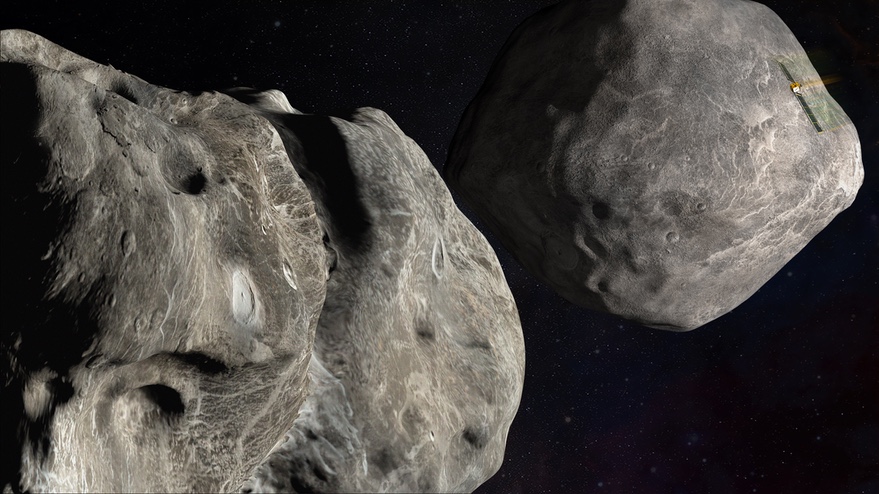
NASA's Double Asteroid Redirection Test (DART) spacecraft hit Dimorphos. The asteroid is about 160 meters across orbiting the larger asteroid Didymos. DART launched last November as NASA’s first dedicated planetary defense mission. The purpose of DART is to test the “kinetic impactor” approach.
SLS to roll back to VAB as hurricane approaches Florida
Original Publication Date: 2022-09-26 15:29
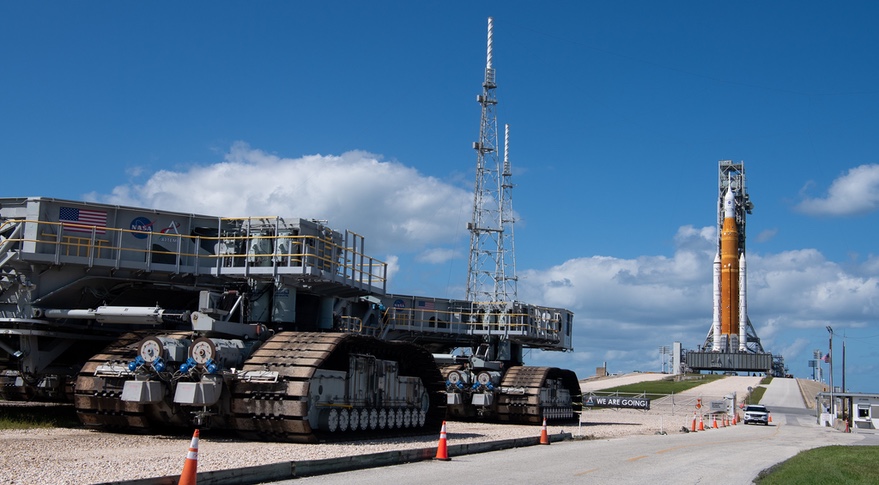
NASA will move the Space Launch System rocket from its launch pad back to the VAB. The move is a precaution given the approach of what is now Hurricane Ian to Florida. The rollback is scheduled to begin at about 11 p.m. Eastern Sept. 26. The decision may delay the Artemis 1 mission until November.
Beyond Gravity: Mission-critical supplier for exploration
Original Publication Date: 2022-09-26 14:58
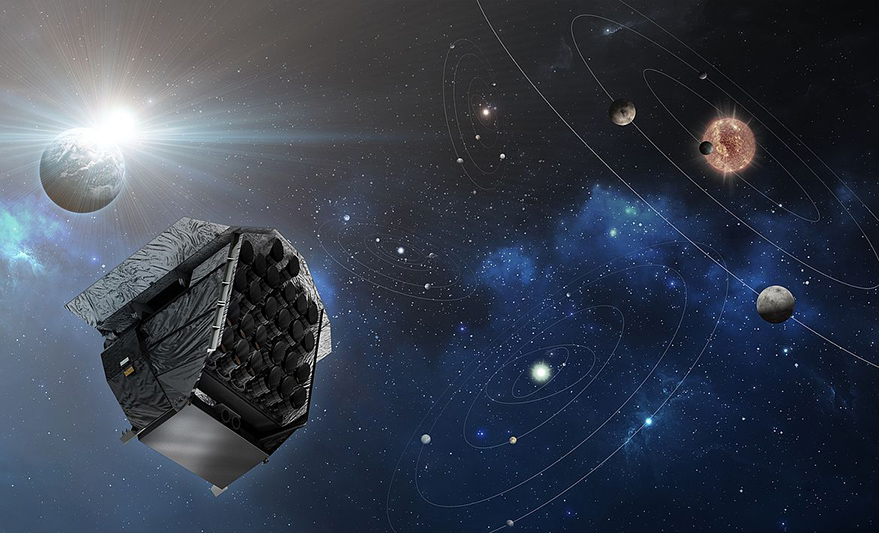
Beyond Gravity is a global leader for satellite structures. The company designs, engineers, manufactures, assembles and tests high-precision and dimensionally stable satellite structures. Beyond Gravity (formerly RUAG Space) provides high-precision mechanisms for space exploration missions. The company enables the communication of NASA’s James Webb Space Telescope across the 1.5 million kilometers distance to Earth.
Kayhan, Astroscale, UT Austin win Space Force study contract for in-orbit servicing technology
Original Publication Date: 2022-09-28 11:00
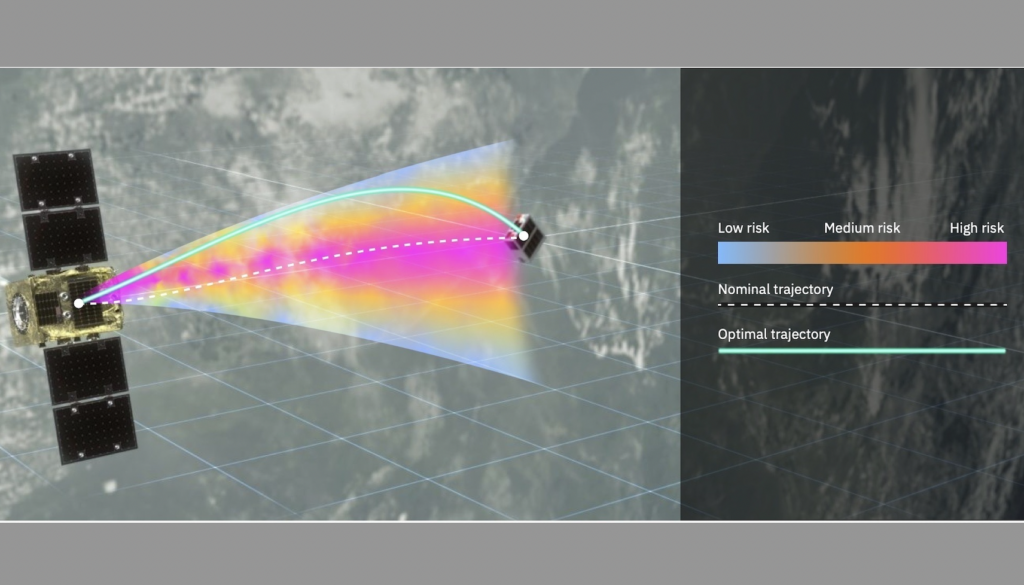
Kayhan Space, Astroscale US and University of Texas at Austin win U.S. Space Force contract. Under the contract, they will develop software to enable spacecraft to conduct proximity maneuvers. Kayhan Proxima will be deployed as an enhancement to Astroscale’s current flight software.
China seeks new partners for lunar and deep space exploration
Original Publication Date: 2022-09-28 07:35
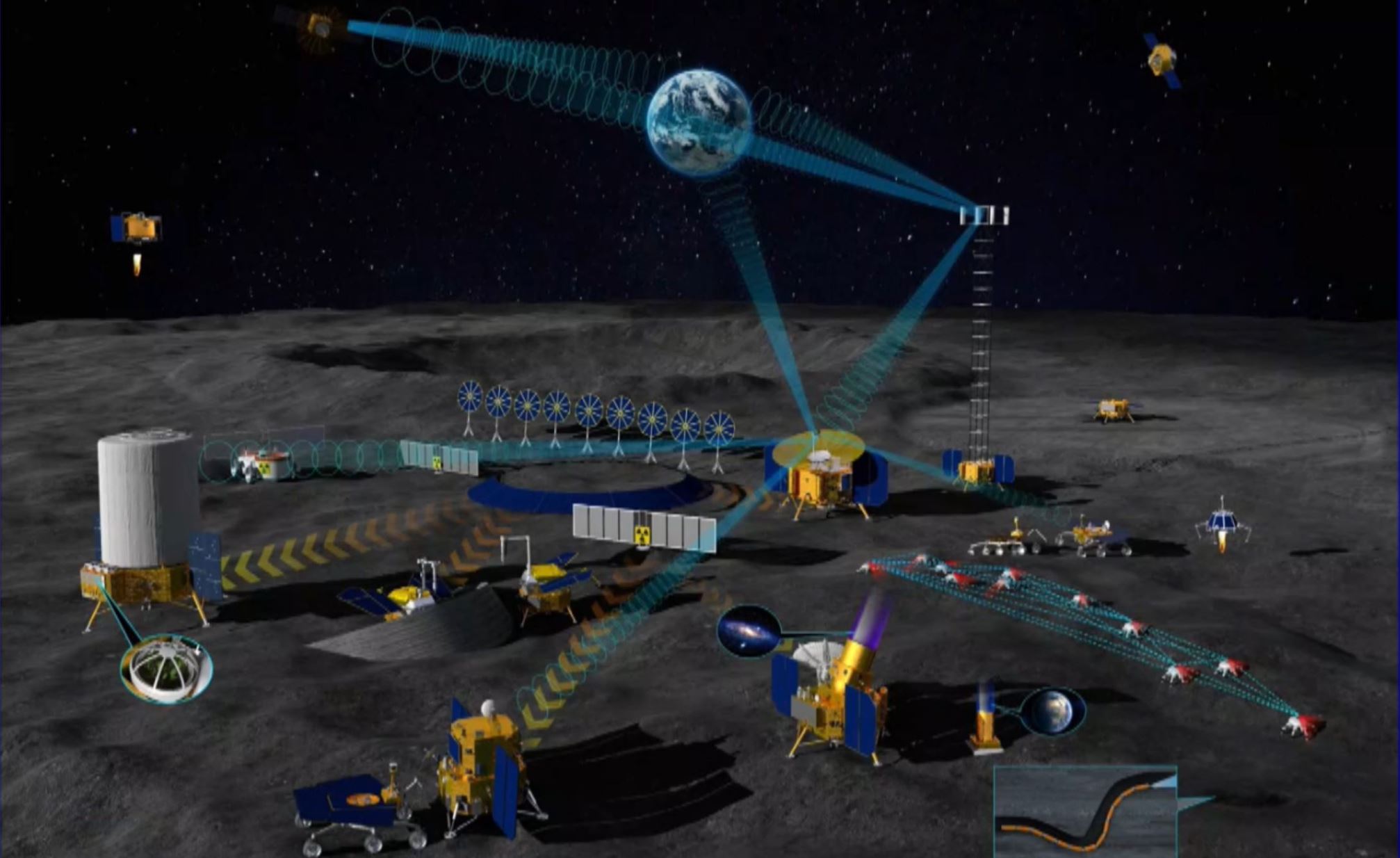
China is looking to build partnerships for its upcoming missions to the moon and deep ventures into the solar system. China's partner Russia not mentioned during space Congress in Paris. China is inviting proposals for payloads to join its already planned and approved Chang’e lunar missions due to launch before the end of the decade.
NASA to assess SLS work and next launch opportunities after rollback
Original Publication Date: 2022-09-28 00:49
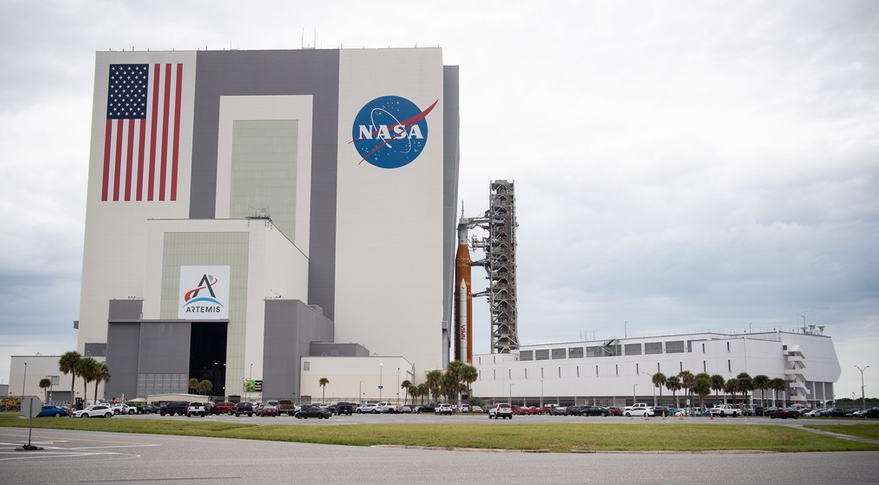
NASA plans work to do on the SLS while in the VAB. SLS and Orion spacecraft arrived back in the VAB at 9:15 a.m. Eastern Sept. 27. NASA also had to deal with a fire reported in the VAB about two and a half hours later.
Crew-5 launch preparations continue amid hurricane threat
Original Publication Date: 2022-09-27 14:26
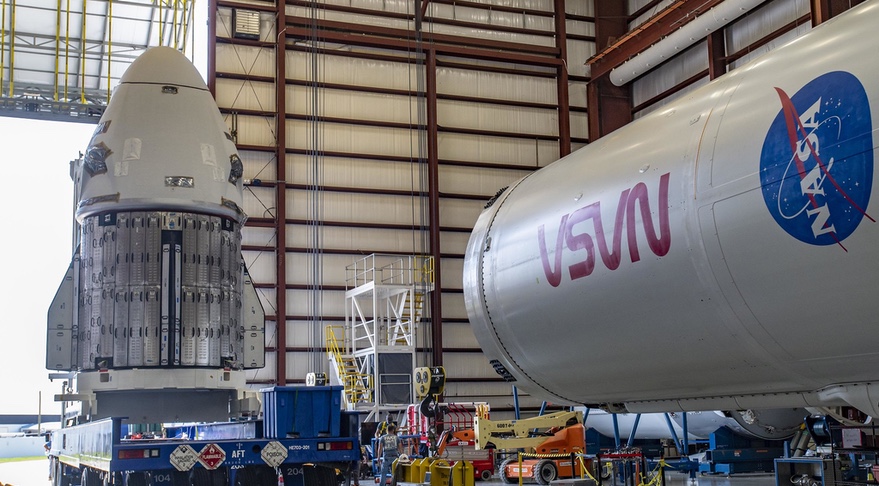
NASA is, for now, moving ahead with plans for a launch of the next crew to the International Space Station. The schedule is dependent on weather as Hurricane Ian heads towards the west coast of the Florida peninsula. NASA announced Sept. 27 it had delayed the launch one day, to Oct. 4, citing the hurricane.
NASASpaceFlight.com
The SSLV or Small Satellite Launch Vehicle conducted its launch debut from Sriharikota, India on Sunday, August 7. An issue with the fourth stage resulted in the satellites being deployed in an unusable orbit. The SSLV program’s genesis was a December 2015 National Institute of Advanced Studies proposal to create a “Small Satellite Launch Vehicle-1”
Commercial Archives
SpaceX has launched yet another batch of Starlink satellites to low-Earth orbit on its Starlink Group 4-35 mission. This mission marks SpaceX’s 43rd mission of 2022 and 15th mission in the year’s second half – a mission every 6.2 days and 5.7 days.
International Archives
China has launched three rockets, from two different launch sites, in under 50 hours. The first launch happened on Sunday, Sept. 24 at 22:55 UTC, with the Kuaizhou 1A rocket launching two Shiyan Weixing satellites. It was followed by two Chang Zheng missions, of which one also belongs to the Shiyan line, and one to the equally secretive Yaogan series.
Chinese Long March 3B Launches APStar-6C Communications Satellite – Spaceflight101

China launches rare commercial rocket with APStar-6C communications satellite. Long March 3B lifted off from Xichang Satellite Launch Center at 16:06 UTC on a mission of under half an hour to lift the spacecraft into an elliptical Geostationary Transfer Orbit. Confirmation of launch success was provided by APT Satellite around 40 minutes after liftoff.
Blue Origin’s New Shepard Reaches new Heights in latest Test Flight – Spaceflight101

Blue Origin's reusable New Shepard launch system reached new heights in a test designed to expand the vehicle’s operational envelope by sending it to a peak altitude of 107 Kilometers. Sunday’s flight marked the second for this particular set of hardware, following up on the successful December 2017 mission that debuted “Crew Capsule 2.0”
ISS Updates – Spaceflight101 – International Space Station

A veteran NASA spacewalker and an EVA rookie from Japan ended their week with nearly six hours of work outside the International Space Station. The restoration of the Station’s Mobile Servicing System started last year and continued in January to provide Canadarm2 with a new pair of grappling hands.
Featured – Spaceflight101

SpaceX Falcon 9 takes to the skies over Florida’s Cape Canaveral Monday afternoon. Falcon 9 lifts flight-proven Dragon spacecraft into orbit for critical delivery of science gear, supplies and maintenance hardware. First of at least six cargo ships inbound to the U.S. Segment of ISS this year.
News – Spaceflight101

Europe's Copernicus satellite fleet is gearing up for the arrival of its next addition on Wednesday. A Russian Rockot booster is set to blast off from the Plesetsk Cosmodrome at 17:57 UTC with the Sentinel-3B multi-function satellite.
Re-Entry: Long March 11 Rocket Body – Spaceflight101

The CZ-11 fourth stage used leftover propellant for a partial de-orbit maneuver, lowering its perigee to 120 Kilometers to significantly accelerate its orbital decay. It is reportedly built around a YF-50 main engine and in a nominal mission conducts the orbital circularization after the three CZ-11 stages.
NASA’s Asteroid-Striking DART Mission Team Has JPL Members

DART will be at a point 6.8 million miles (11 million kilometers) from Earth when it impacts Dimorphos, which is just 525 feet (160 meters) across. The spacecraft will be closing in on the space rock at about 4 miles (6.1 kilometers) per second. The Italian Space Agency’s (ASI) Light Italian CubeSat for Imaging Asteroids has the important task of imaging DART’s impact effects.
NASA’s Juno Will Perform Close Flyby of Jupiter’s Icy Moon Europa

Juno will come within 218 miles (351 kilometers) of Europa. Scientists think a salty ocean lies below a miles-thick ice shell. The close flyby will modify Juno’s trajectory, reducing the time it takes to orbit Jupiter from 43 to 38 days.
NASA’s InSight ‘Hears’ Its First Meteoroid Impacts on Mars
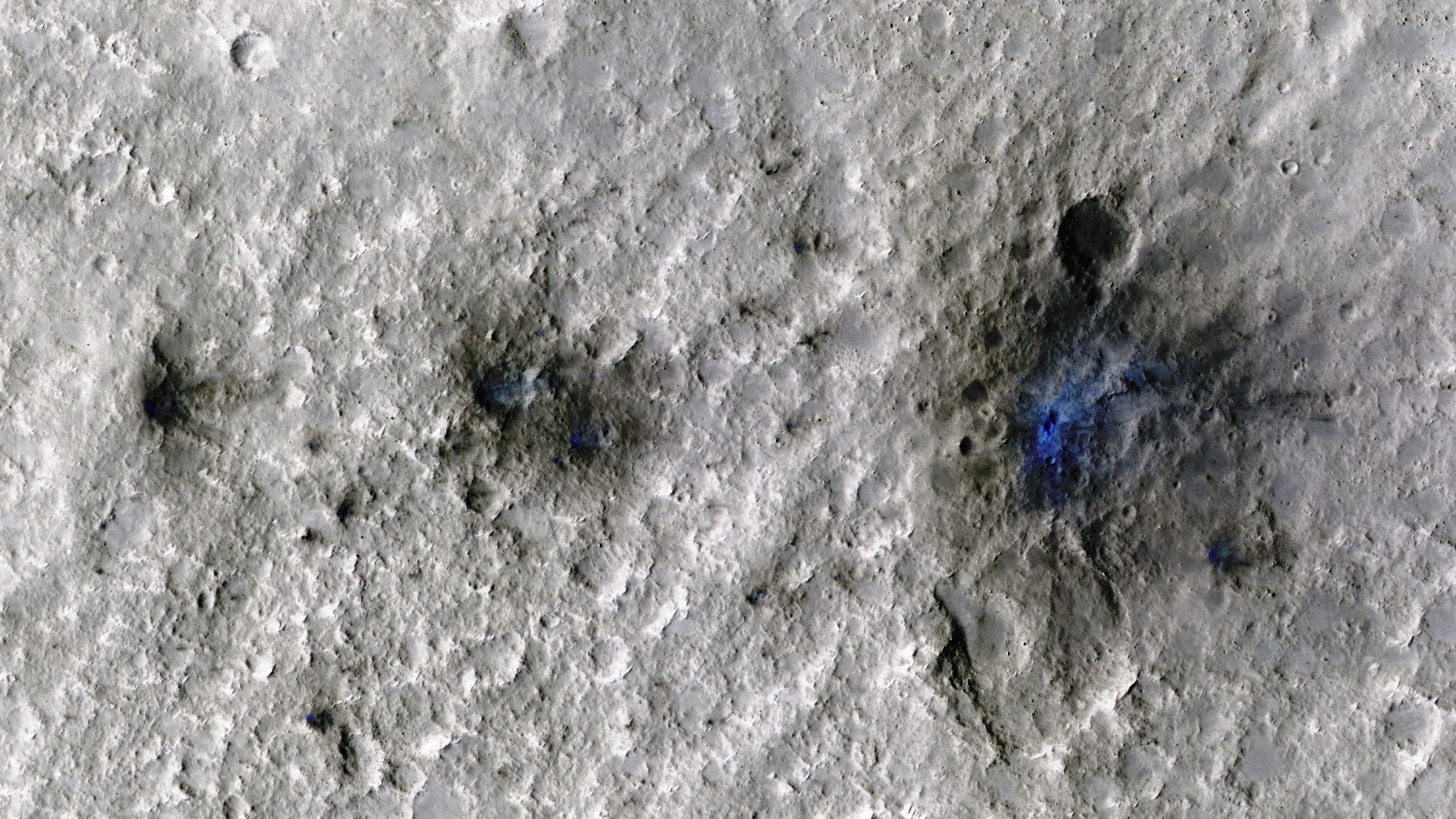
NASA’s Mars Reconnaissance Orbiter flew over the estimated impact site. The orbiter used its black-and-white Context Camera to reveal three darkened spots on the surface. After locating these spots, the orbiter’s team used the High-Resolution Imaging Science Experiment camera to get a color close-up of the craters.
NASA’s Perseverance Rover Investigates Geologically Rich Mars Terrain

The rover has collected four samples from an ancient river delta in the Red Planet’s Jezero Crater since July 7. Twenty-eight miles (45 kilometers) wide, Jezero Crater hosts a delta – an ancient fan-shaped feature that formed about 3.5 billion years ago at the convergence of a Martian river and a lake.
NASA to Host Briefing on Perseverance Mars Rover Mission Operations

The briefing will be live on NASA Television, Twitter, Facebook, and YouTube. Watch on the agency’s website at: https://www.nasa.gov/live. Questions can be asked on social media during the briefing using #AskNASA. Perseverance marks the first step in the Mars Sample Return campaign.
NASA’s AIRS Instrument Records Typhoon Hinnamnor Before Landfall

Airlift, launched in 2002, was the first instrument to reveal the 3D distribution of rain within tropical storms like Hinnamnor. AIRS, in conjunction with AMSU-A, senses infrared and microwave radiation emitted from Earth to provide a 3D look at the planet’s weather and climate.
A Cosmic Tarantula, Caught by NASA’s Webb

The Tarantula Nebula has a similar type of chemical composition as the gigantic star-forming regions observed at the universe’s “cosmic noon,” when the cosmos was only a few billion years old. Webb will provide astronomers the opportunity to compare and contrast observations of star formation in the Tarantula Nebula with the telescope’s deep observations of distant galaxies from the actual era of cosmic noon.
